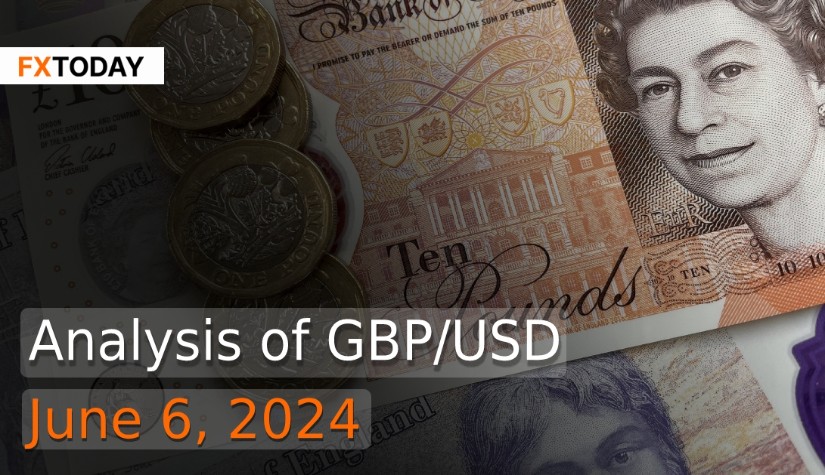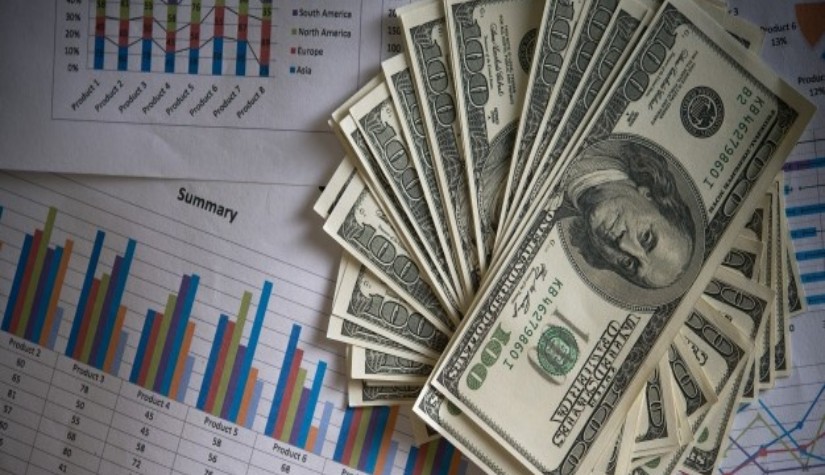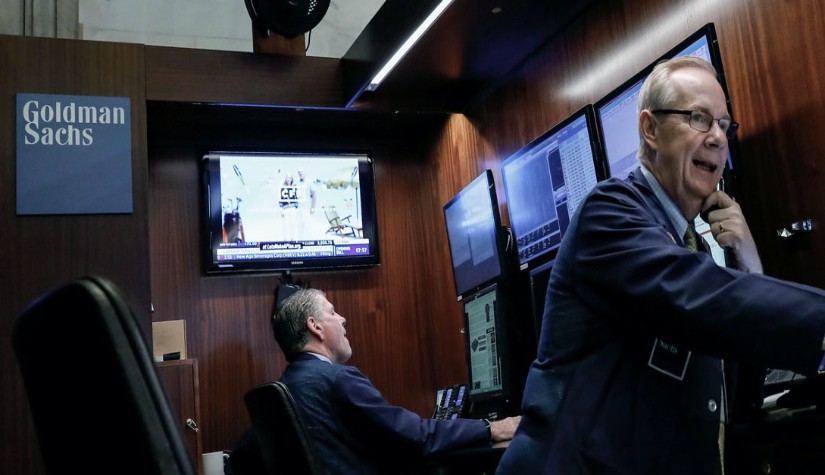UK Shop Prices Rise at Slowest Rate in 2.5 Years, Inflation Stabilizes
Prices in British shops increased at the slowest rate in 2.5 years this month, indicating a return to normal inflation levels, according to the British Retail Consortium (BRC). Annual shop price inflation slowed to 0.6% in May from 0.8% in April, the smallest rise since November 2021. Non-food goods prices dropped by 0.8% annually, while food inflation fell to 3.2%, the lowest since February 2022.
The British economy, the world’s sixth largest, has faced years of low growth and high inflation, Brexit challenges, and recovery from COVID-19 and the Ukraine-induced energy price spike. Inflation is gradually stabilizing, with April’s annual consumer price growth at 2.3%, close to the Bank of England's 2% target, but core CPI remains high at 3.9%.
Public expectations for inflation over the next year decreased to 3.1% in May, the lowest since July 2021, according to a Citi/YouGov survey. Long-term inflation expectations also fell to 3.2%, encouraging for the Bank of England's Monetary Policy Committee, which is contemplating interest rate cuts.
However, investors are skeptical of a June rate cut by the Bank of England, particularly with another CPI increase forecasted, shifting focus to the August meeting. Danske Bank analysts suggest an August rate cut is likely despite the timing of national elections.
On the other hand, Britain's car production dropped 7% year-on-year in April, the second consecutive monthly decline, as manufacturers transitioned to electric vehicle production. April saw 61,820 cars produced, down from 66,527 units a year ago.
Growth in Britain’s services sector slowed in May. Despite this, businesses remain optimistic, buoyed by expectations of lower interest rates and growth. British businesses are highly confident, with hiring plans at their strongest since 2017, as shown by the Lloyds Bank Business Barometer. Business optimism rose to its highest level since November 2015, fueled by decreasing inflation and anticipated lower interest rates.
British home prices are expected to rise modestly this year and outpace inflation in the next two years, supported by expected borrowing cost reductions and limited supply. The 1.8% predicted increase for 2024 will be surpassed by wage growth, improving affordability for first-time buyers despite ongoing supply issues.
The U.S. dollar rose on Wednesday, rebounding from two-month lows ahead of potential monetary policy clues. The dollar's uptick followed data indicating the U.S. services sector rebounded in May, casting uncertainty on the Federal Reserve's anticipated easing cycle later this year. So far in 2023, the dollar has gained over 3% due to economic strength and persistent inflation, which have kept interest rates higher than expected.
At the start of the year, traders anticipated the Fed would have already cut rates, but current futures suggest easing might begin in September. The upcoming U.S. employment report is highly anticipated, although inflation remains the key factor for Fed policy decisions. Last week's preferred inflation gauge by the Fed showed a rate of 2.7%, above the 2.0% target, implying sustained dollar strength.
Private employer hiring hit a four-month low in May, with small firms cutting staff and moderating wage gains, signaling a cooling job market. ADP reported an increase of 152,000 private payrolls in May, below the expected 175,000.
The U.S. services sector returned to growth in May after contracting in April, with a business activity measure showing its largest improvement in three years. Despite slower growth, core inflation remains high at 3.9%, reinforcing the Fed's focus on controlling inflation. Inflation is not expected to hit the Fed's 2% target until at least 2026. The central bank is expected to keep rates unchanged at its upcoming meeting, with updated projections for the economy. As a result, the GBP/USD currency pair may continue to fluctuate within the upper range for a while, with the upward trend anticipated to remain constrained in the near future.
Data for Technical Analysis (1D) CFD GBP/USD
Resistance : 1.2794, 1.2804, 1.2820
Support : 1.2762, 1.2752, 1.2736
1D Outlook
Source: TradingView
Buy/Long 1 If the support at the price range 1.2722 - 1.2762 is touched, but the support at 1.2762 cannot be broken, the TP may be set around 1.2802 and the SL around 1.2702, or up to the risk appetite.
Buy/Long 2 If the resistance can be broken at the price range of 1.2794 - 1.2834, TP may be set around 1.2860 and SL around 1.2742, or up to the risk appetite.
Sell/Short 1 If the resistance at the price range 1.2794 - 1.2834 is touched, but the resistance 1.2794 cannot be broken, the TP may be set around 1.2760 and the SL around 1.2854, or up to the risk appetite.
Sell/Short 2 If the support can be broken at the price range of 1.2722 - 1.2762, TP may be set around 1.2688 and SL around 1.2814, or up to the risk appetite.
Pivot Points Jun 6, 2024 08:48AM GMT
|
Name
|
S3
|
S2
|
S1
|
Pivot Points
|
R1
|
R2
|
R3
|
|---|---|---|---|---|---|---|---|
| Classic | 1.2717 | 1.2736 | 1.276 | 1.2778 | 1.2802 | 1.282 | 1.2844 |
| Fibonacci | 1.2736 | 1.2752 | 1.2762 | 1.2778 | 1.2794 | 1.2804 | 1.282 |
| Camarilla | 1.2773 | 1.2777 | 1.2781 | 1.2778 | 1.2789 | 1.2793 | 1.2797 |
| Woodie's | 1.2721 | 1.2738 | 1.2764 | 1.278 | 1.2806 | 1.2822 | 1.2848 |
| DeMark's | - | - | 1.277 | 1.2783 | 1.2812 | - | - |
Sources: Investing 1, Investing 2
















